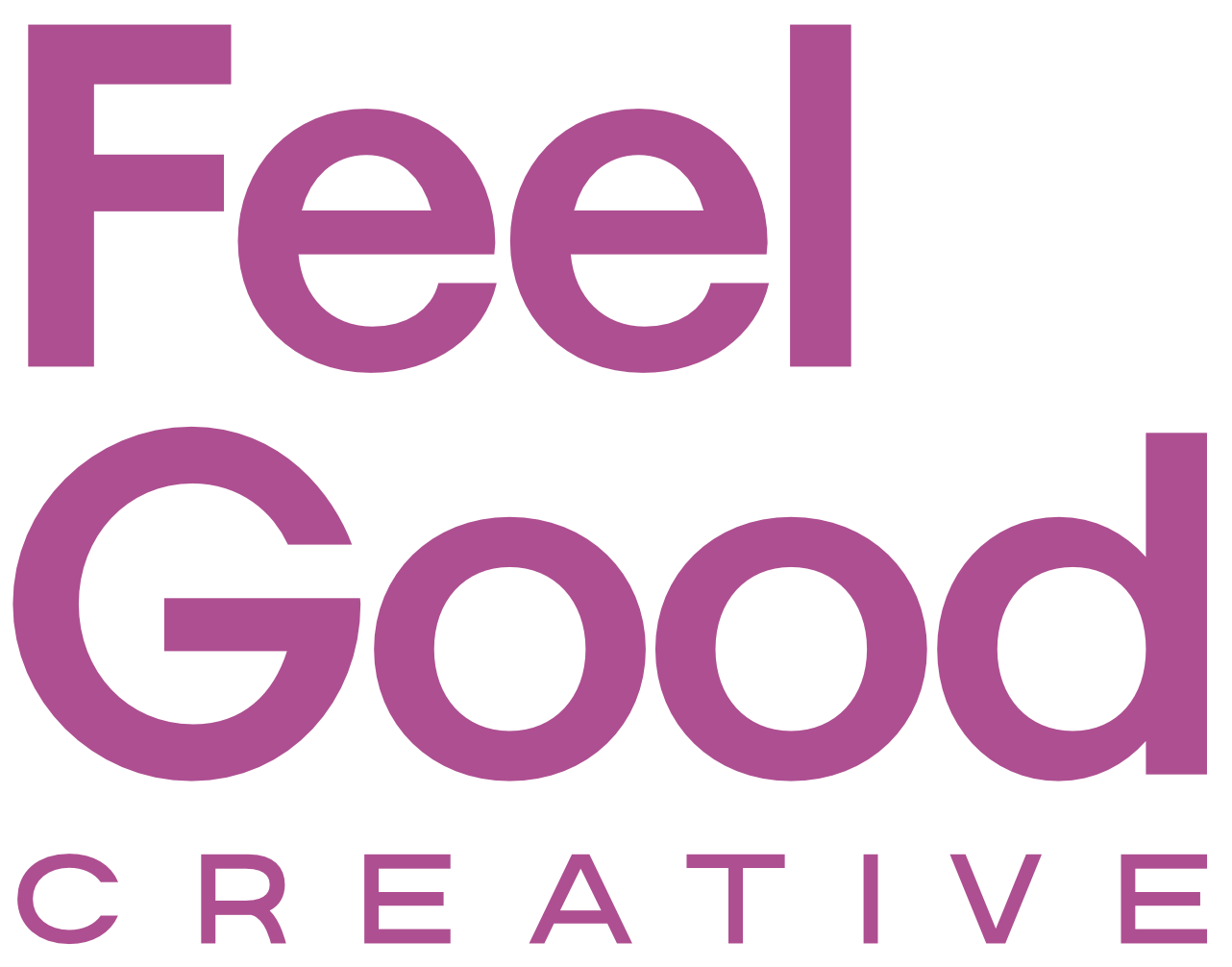how to prepare for a creative brand photoshoot
Unless you’re a model or a millennial, it’s freakin’ awkward for most people to have a professional photoshoot. Yet it’s essential to marketing your personal brand in a competitive business landscape where looking different from everyone else, is your fast-track to being noticed.
While champagne seems like the obvious answer to calm the nerves (I’m not above this), this blog post will explore how to prepare for a personal branding shoot tailored to showcase your individuality and convey your professional story to the world.
1. Define Your Brand Identity
Before stepping in front of the camera, it's essential to have a clear understanding of your brand identity. Reflect on your values, personality, and target audience. Ask yourself questions like, "What makes me unique?” and "What do I want my audience to think about me?”
Use this self-reflection to develop a list of qualities and interests you want to convey in your photos. This will help you come up with locations, clothing, and props that are unique to your business.
2. Research and Choose a Photographer
To ensure your personal branding shoot aligns with your vision, research photographers who specialise in capturing the personality of their subjects. Do they shoot with natural light only, studio light only or a mix of both. Do they give posing advice during the shoot, so you know what to do to gurarantee fabulous photos.
Carefully review your potential photographer’s portfolio to get a sense of their style and aesthetic. Do the people in their photos look relaxed or do they look uncomfortable. The right personal branding photograher, can make anyone look relaxed and “normal”! Even when you think you’re not photogenic.
When a client looks at your photos, they will decide if you’re the kind of person they can see themself hanging out with.
Choose someone whose work resonates with you and whom you feel comfortable collaborating with. Schedule a consultation to discuss how you want to be perceived, creative ideas, and specific requirements.
3. Plan Your Wardrobe
Your outfit choices are crucial in how you are perceived in your branding photos. Select clothing that reflects your personal style while also considering your target audience and the industry you work in. Opt for colours that complement your complexion and bring out your personality. If it’s your thing, forget the age-old advice of “Avoid busy patterns or logos that could distract from your message.” Bright patterns and bold logos might be your message, so think about what’s right for YOU. Consider bringing multiple outfits to the shoot to capture different aspects of your brand and add variety to your portfolio.
4. Prepare Your Props and Accessories
Props and accessories can add depth and personality to your photos. Think about items that represent your creative side or are related to your business. For example, you could include a sketchbook or design tools if you're a graphic designer. If you're a writer, incorporate your favourite writing chair or a collection of your favourite books. Instead of tools of the trade props, you could include on-brand accessories (for me, that’s colour, plants, food, flowers, handmade ceramics). These elements can help tell your story and make your photos more engaging. I’d stay away from too many laptop and phone photos. In a world where people are glued to their screens, it’s a digital reprieve to see images other than sterile white backgrounds and laptops.
5. Choose the Right Location
Selecting the perfect location for your photoshoot is crucial. It should reflect your brand and complement your style. Consider indoor and outdoor options, and make sure the setting aligns with your industry and target audience. For example, if you're a fashion designer, your studio or a trendy urban location might be suitable. If you're a nature-inspired jewellery designer, a lush garden or coastal bush setting might work best, alongside, photos of you making in your studio. If you’re an interior designer, take photos on site, include some of you talking to clients, some sourcing products etc. Discuss potential locations with your photographer and visit them in advance to ensure they meet your requirements.
Hint, a stark white background is rarely, if ever, the answer. Nor is a photo of you standing in front of a graffiti wall with your laptop.
6. Plan Your Hair and Makeup
During the photo shoot, professional hair and makeup will elevate your look and therefore, confidence. This is not the time to save some money and do it yourself, unless you’ve got serious hair and makeup skills.
Even if you’re someone (like me) who rarely wears makeup, I strongly recommend organising some expert help. Ask for the “no makeup” makeup look. The final images will look more professional, which is the goal after all.
Choose a style that aligns with your brand and makes you feel comfortable and confident. Consider hiring a stylist or working with a professional makeup artist who understands your aesthetic and can help you achieve the desired look. Communicate your preferences clearly to ensure that your hair and makeup complement your wardrobe and overall brand image.
7. Plan Your Shot List
Creating a shot list is essential to ensure that your personal branding shoot captures all the key elements of your brand and tells your story effectively.
Collaborate with your photographer to develop a list of specific shots you want to include, such as headshots, full-body shots, action shots, and detail shots. Consider different poses, angles, and compositions that align with your brand's personality and message. Organise the shots based on priority and timing to ensure a smooth flow during the shoot.
You would be suprised at how quickly your photoshoot will fly and how easily you’ll forget what you’ve envisioned if you don’t write it down and bring the shot list!
A well-planned shot list will help you stay focused, maximize your time, and achieve the desired results.
Conclusion
Personal branding images are a non-negotiable for your website to express your unique style, showcase your expertise, build trust and attract your target audience quickly. By incorporating these seven steps into your photo shoot preparation, your web designer will be on their way to craft a website that makes the right first impression and encourages someone to take the next step towards working with you.

